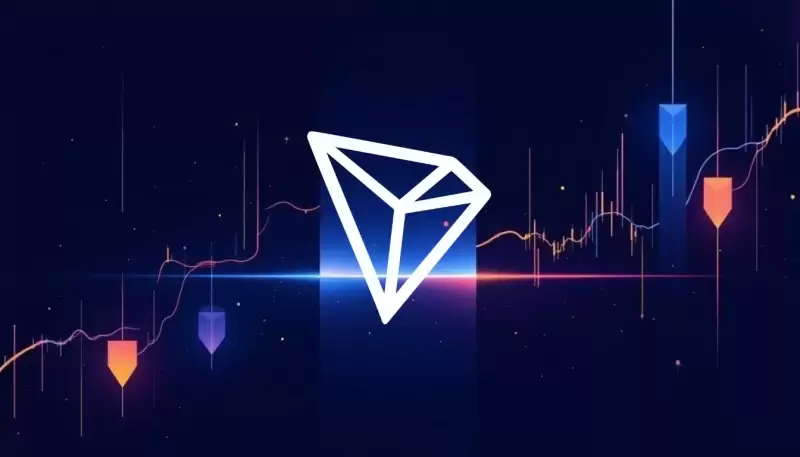 |
|
 |
|
 |
|
 |
|
 |
|
 |
|
 |
|
 |
|
 |
|
 |
|
 |
|
 |
|
 |
|
 |
|
 |
|
Cryptocurrency News Articles
Solana Co-Funder Anatoly Yakovenko Slams Layer-2 (L2) Rollups
Mar 24, 2025 at 04:50 pm
According to him, Layer-1 (L1) solutions like Solana already offer efficient, cheap, and secure scaling without the complexities that come with L2s.

Solana co-founder Anatoly Yakovenko has once again openly criticized Layer-2 (L2) rollups, arguing that L1 solutions like Solana already offer efficient, cheap, and secure scaling without the complexities that come with L2s.
Solana co-founder Anatoly Yakovenko has once again openly criticized Layer-2 (L2) rollups, arguing that L1 solutions like Solana already offer efficient, cheap, and secure scaling without the complexities that come with L2s.
Hot Take on Storage and L2s
In a post on X, Yakovenko responded to concerns about Solana’s storage capacity, saying that it generates about 80 terabytes of data annually, which he called “measly.” He went on to say that L1s cannot be "overwhelmed" by storage, dismissing the argument often used to justify the need for L2s.
“You can skip creating a valueless L2 and just launch a token. (No offense to L2s, many are nice but don't add value). But on a serious note, there is no point to multiple L2s doing parallel execution. If a single L2 can handle parallel execution (which is efficient), then it can use up all the blobs and run every use case. It is possible to have a single L2 be "overwhelmed" by demand, in which case another L2 could spin up and handle the overflow use cases. It is also possible to have multiple L2s focus on different use cases (e.g., one L2 for DeFi, another for NFTs, etc.). In this case, the L2s would cooperate and integrate with each other's language systems. Unfortunately, many L2s act parasitically, perpetuating their language ecosystems at the expense of the L1. This leads to fragmentation and a less efficient ecosystem overall. It is important to remember that the goal is to create a vibrant and sustainable ecosystem that benefits everyone. We should strive for cooperation and integration, not competition and parasitism. Let's work together to build the future of Web3!” he said.
Solana Competes With Ethereum L2s, Not Ethereum Itself
Yakovenko claims that Solana is essentially in direct competition with every Ethereum L2, not with Ethereum itself. He highlighted that Solana’s architecture with well-separated execution and data layers on an efficient base layer makes it capable of keeping pace.
Yakovenko claims that Solana is essentially in direct competition with every Ethereum L2, not with Ethereum itself. He highlighted that Solana’s architecture with well-separated execution and data layers on an efficient base layer makes it capable of keeping pace.
"There is no point to multiple L2s ... if a single L2 can handle parallel execution, then it can use up all the blobspace and run every use case. It is possible to have a single L2 be "overwhelmed" by demand, in which case another L2 could spin up and handle the overflow use cases. It is also possible to have multiple L2s focus on different use cases (e.g., one L2 for DeFi, another for NFTs, etc.). In this case, the L2s would cooperate and integrate with each other's language systems. Unfortunately, many L2s act parasitically, perpetuating their language ecosystems at the expense of the L1. This leads to fragmentation and a less efficient ecosystem overall. It is important to remember that the goal is to create a vibrant and sustainable ecosystem that benefits everyone. We should strive for cooperation and integration, not competition and parasitism. Let's work together to build the future of Web3!" he further explained.
According to Yakovenko, L2s rely heavily on L1s for data availability and are bogged down by intricate fraud proofs and multi-signature updates, rendering them less efficient. He believes that Solana's design, which combines a small state and efficient data layer, allows for cheaper and faster transactions compared to L2s.
"The transactions in L2 are more expensive than transactions in Solana because L2s need to perform fraud proofs, which are computationally expensive. In addition, L2s are also slowed down by the need for multi-signature updates to the L1. This is because L2s are essentially "parasitic" on the L1 and must siphon off some of the L1's resources in order to operate. As a result, L2 transactions are not as cheap or fast as people think they are," Yakovenko stated.
Ethereum's Strategy Faces Challenges
On the flip side, Ethereum co-founder Joseph Lubin maintains that L2 scaling holds the key to unlocking the next chapter of the blockchain's potential. He highlighted projects like Linea and upcoming initiatives like MegaETH for delivering faster and cheaper operations.
However, Ethereum's strategy hasn't been without issues. The March 2024 Dcunu upgrade, aiming to reduce transaction fees and throughput to attract broader adoption, achieved a 95% reduction in gas prices and a 300% increase in transactions per second. As a result, by year-end, L2 transactions soared while Ethereum base-layer revenue dropped by 99%.
With over 140 scaling solutions and 60 roll-up networks already deployed on Ethereum, concerns about fragmentation and value capture are becoming increasingly pressing. Some users have also
Disclaimer:info@kdj.com
The information provided is not trading advice. kdj.com does not assume any responsibility for any investments made based on the information provided in this article. Cryptocurrencies are highly volatile and it is highly recommended that you invest with caution after thorough research!
If you believe that the content used on this website infringes your copyright, please contact us immediately (info@kdj.com) and we will delete it promptly.



























































